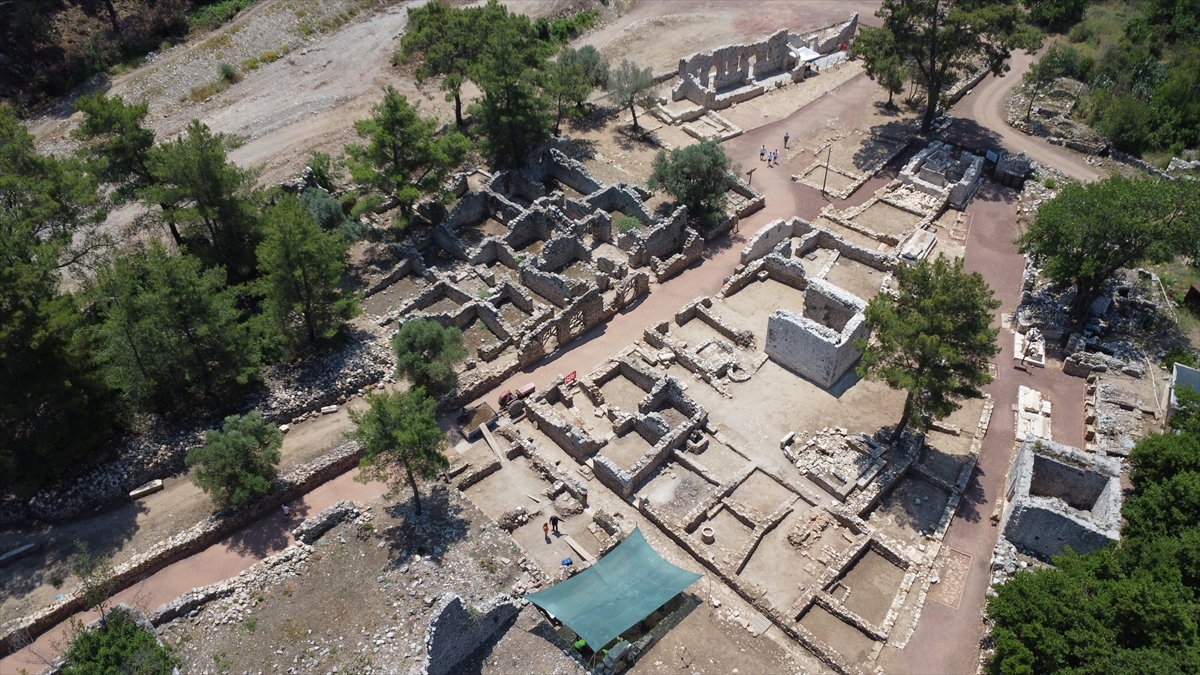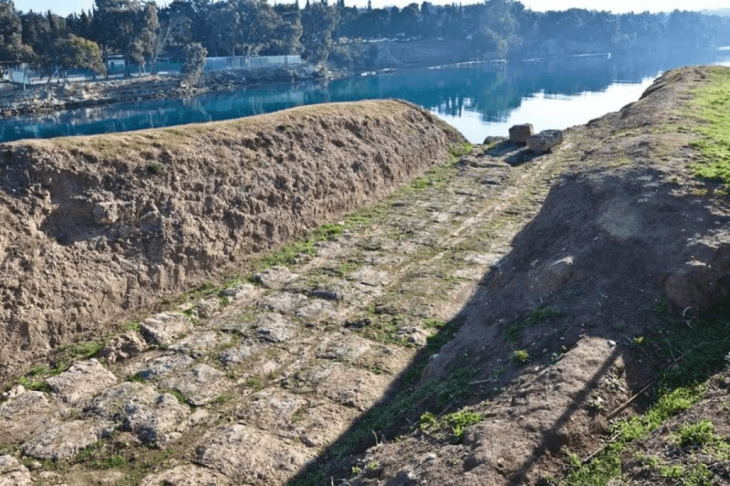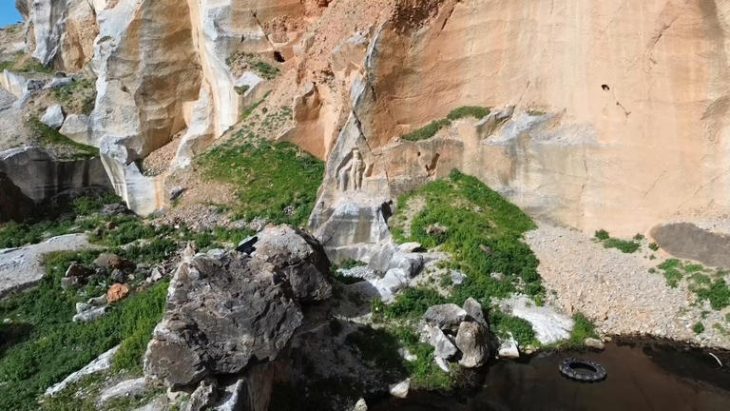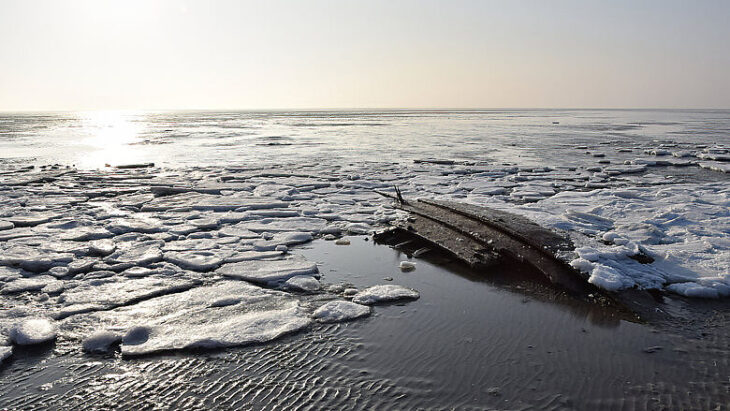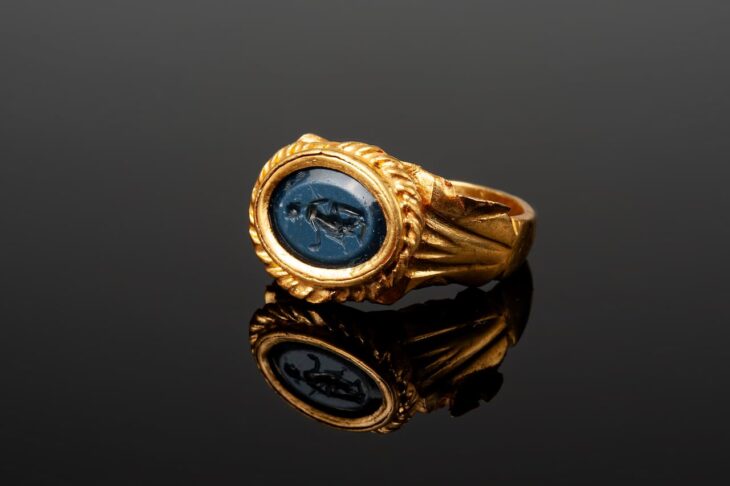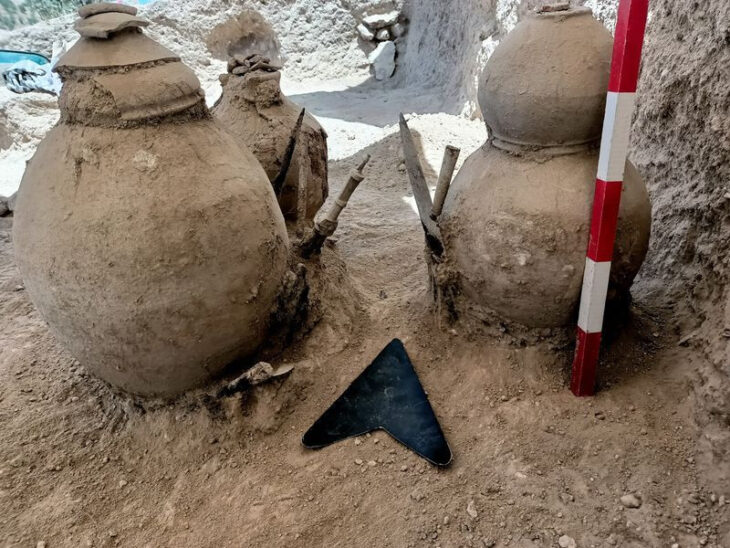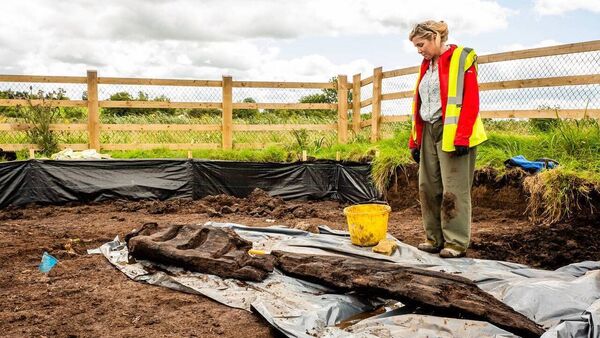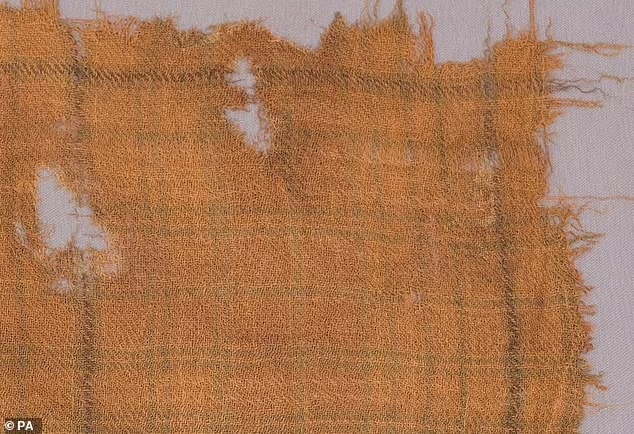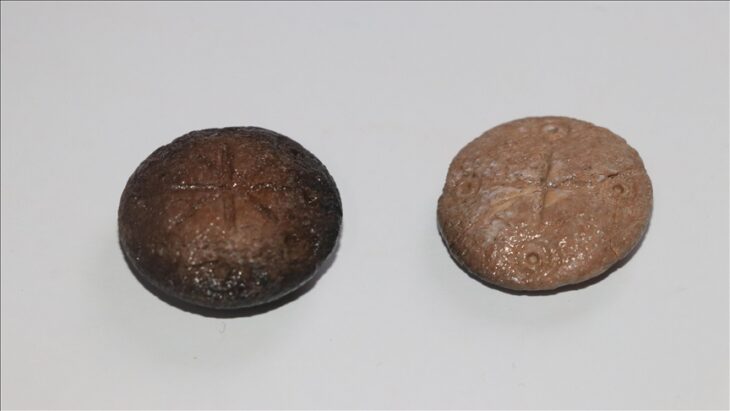A newly discovered mosaic inscription at the entrance of a church and elaborately decorated floor mosaics have come to light during recent excavations in the ancient city of Olympos, located in Antalya’s Kumluca district.
Archaeologists working in the Olympos Ancient City have unearthed a mosaic inscription placed at the entrance of a church within the site, along with previously unknown mosaic floor sections inside the same building. The inscription, reading “Only those on the righteous path may enter here,” is believed to hold religious and social significance, particularly regarding the early Christian presence in the region.
The discovery is part of a series of findings that continue to shed light on the rich historical layers of Olympos, a city that once thrived during the Hellenistic, Roman, and Byzantine periods.
Olympos: A Richly Layered Ancient Settlement in Lycia
Situated on Türkiye’s Mediterranean coast, Olympos was one of the major cities of ancient Lycia. With origins dating back to the Hellenistic period, the city later became an important Roman settlement and retained its significance well into the Byzantine era.
Excavations at the site have been ongoing since 2006, and for the past four years, archaeological teams have continued work year-round without interruption. Numerous important structures have been uncovered, including Churches No. 1 and 3, the entrance complex, the Episcopal Palace, a Roman bridge, monumental tombs, and richly decorated mosaic buildings.
📣 Our WhatsApp channel is now LIVE! Stay up-to-date with the latest news and updates, just click here to follow us on WhatsApp and never miss a thing!!

Olympos Continues to Reveal its Mosaic Treasures
In a statement to the Anadolu Agency, excavation director Assoc. Prof. Dr. Gökçen Kurtuluş Öztaşkın of Pamukkale University stated that the discoveries made in 2024 add to a growing list of mosaic finds in the city.
“Olympos is full of surprises. In 2017, 2022, and 2023, we uncovered richly decorated mosaic floors in various structures. In 2024, we revealed the floor mosaics of Church No. 1, including an inscription right at the entrance,” Öztaşkın said.
The newly uncovered mosaics feature geometric patterns, floral motifs, and inscriptions. The inscription at the church entrance is especially notable for its message and placement.
“A mosaic inscription placed directly at the church’s entrance reads, ‘Only those on the righteous path may enter here.’ We also found mosaics bearing the names of the church’s benefactors. These findings confirm that Olympos was a city rich in mosaic flooring compared to the rest of the Lycian region,” Öztaşkın added.

Residential Structures and Possible Temple to Be Excavated
In addition to religious structures, the excavation team is working in areas that were originally necropolises during the Roman period but later converted into residential zones during the Byzantine era due to population growth.
One building, dated to the 5th century AD, was destroyed in a fire during the 6th century but was rebuilt on the same plan and reused afterward.
“It’s a multi-room residential structure with stone-paved floors. We are currently continuing excavations there,” Öztaşkın explained.
She also noted that the team has identified an area likely to contain a previously unknown temple structure.
“At the end of last year, we spotted façades with drafted ashlar stonework. The architectural plan and construction techniques suggest it may be a temple. We plan to begin excavations in that area in the coming days.”
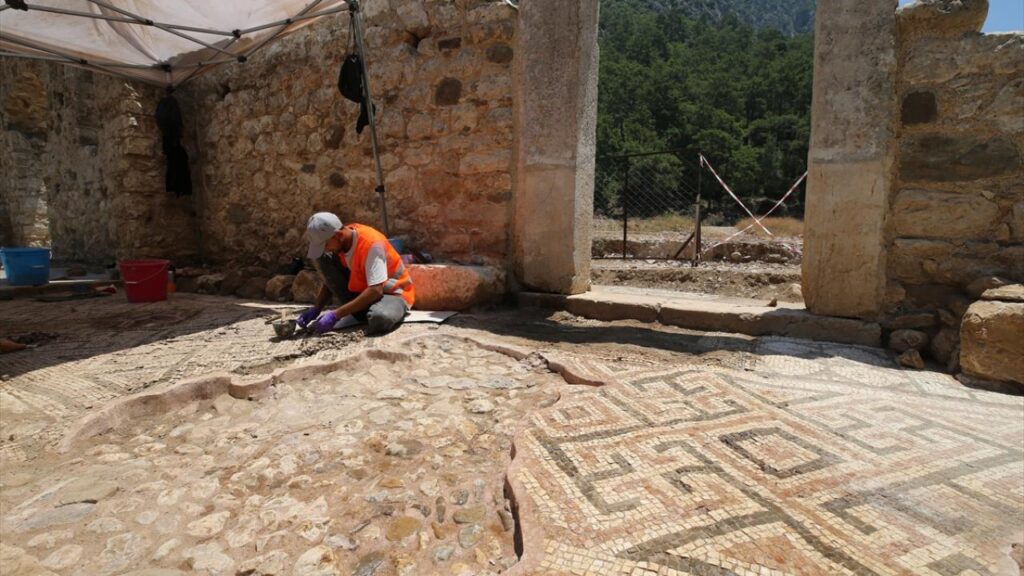
Looking Ahead: More Discoveries on the Horizon
Excavations in 2025 will focus on several key areas: the western necropolis, a central temple, the Episcopal Palace, and Church No. 3. The team also plans to complete work in the northern sector of the city within two years, followed by intensified efforts in the south.
Öztaşkın also told Anadolu Agency that a large storage jar (pithos) was found during this season’s excavations in the residential area, and that artifacts recovered from the site are being displayed at the Antalya Archaeological Museum.
Cover Image Credit: Anadolu Agency (AA)

